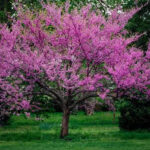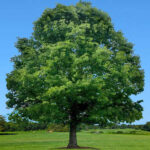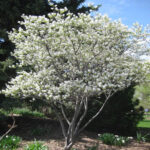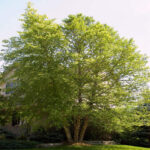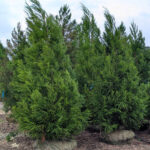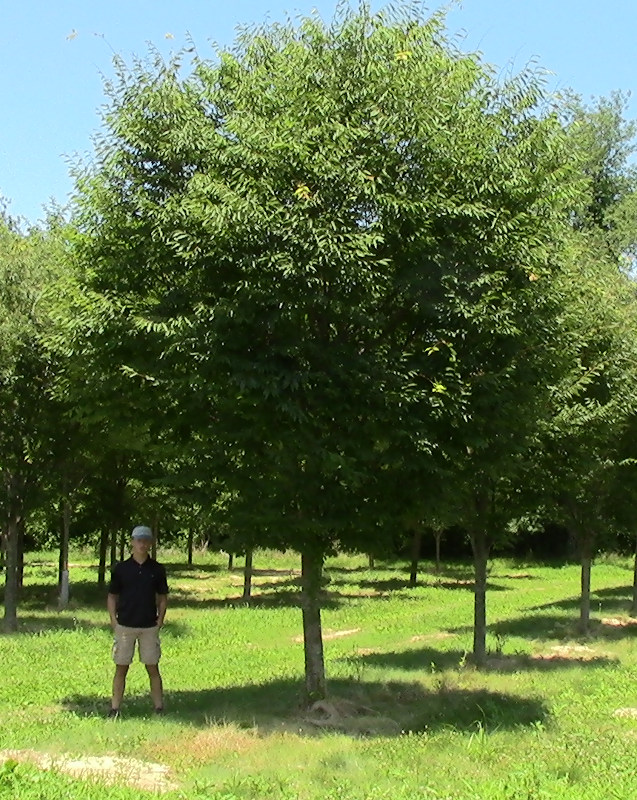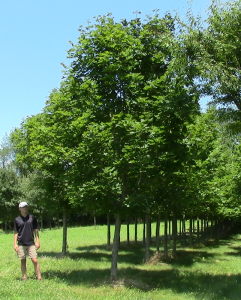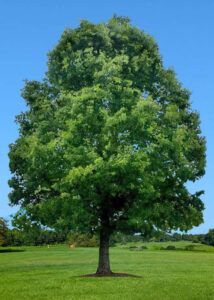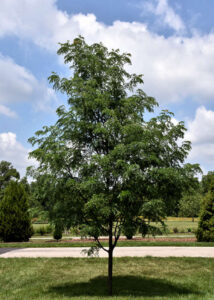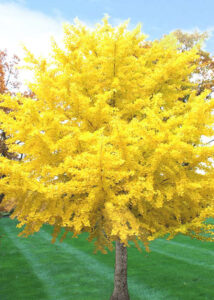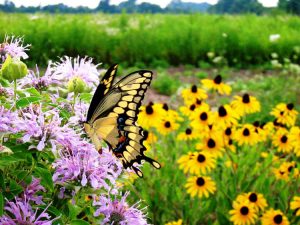 Pollinators like bees, butterflies, and hummingbirds play a vital role inhealthy ecosystems — and in keeping your garden thriving. By planting the right pollinator friendly perennials, you can create a beautiful landscape that supports pollinator populations while adding color and texture to your yard.
Pollinators like bees, butterflies, and hummingbirds play a vital role inhealthy ecosystems — and in keeping your garden thriving. By planting the right pollinator friendly perennials, you can create a beautiful landscape that supports pollinator populations while adding color and texture to your yard.
Why Plant for Pollinators?
Planting for pollinators supports a thriving ecosystem by promoting biodiversity, ensuring that a wide variety of plants, insects, and wildlife can coexist and flourish. Pollinators like bees, butterflies, and hummingbirds play a crucial role in food production, helping fruits, vegetables, and flowering plants reproduce and yield abundantly. Beyond their ecological and agricultural benefits, pollinator-friendly gardens offer season-long beauty, with continuous blooms that attract vibrant life and color from spring through fall—creating landscapes that are both productive and visually stunning.
Pollinator Friendly Perennials that Grab the Attention of Pollinators
Echinacea (Coneflower)
A native garden favorite, coneflowers feature large daisy-like blooms in shades of purple, pink, and white. They’re drought-tolerant and attract bees and butterflies all summer long.
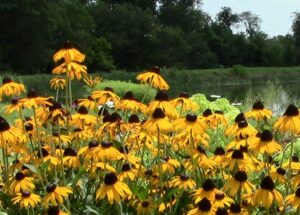 Rudbeckia (Black-Eyed Susan)
Rudbeckia (Black-Eyed Susan)
With golden-yellow petals and dark centers, black-eyed susans provide long-lasting color from midsummer into fall, while feeding a variety of pollinators.
Monarda (Bee Balm)
As the name suggests, bee balm is a magnet for bees, butterflies, and hummingbirds. Its tubular flowers come in shades of red, pink, and purple, thriving in sunny, moist spots.
Helenium (Sneezeweed)
Cheerful late-summer blooms in fiery reds, oranges, and yellows make helenium a favorite for bees. It’s an excellent way to extend nectar sources into fall.
Salvia (Meadow Sage)
Salvia’s spiky purple or blue flowers provide nectar for bees and hummingbirds. Many varieties rebloom if cut back after flowering.
Asclepias (Milkweed)
Essential for monarch butterflies, milkweed offers clusters of pink, orange, or white blooms and provides a critical host plant for monarch caterpillars.
Design Tips for Pollinator Gardens
Plant in Groups: Large swaths of the same flower make it easier for pollinators to forage.
Stagger Bloom Times: Choose plants that flower in spring, summer, and fall for season-long food sources.
Go Native: Native plants are often the most beneficial and well-adapted for local pollinators.
Skip Chemicals: Avoid pesticides and herbicides that can harm pollinator populations.
Final Thoughts for Pollinator Friendly Perennials
By incorporating perennials like coneflowers, bee balm, and milkweed, you can turn your garden into a vibrant habitat for pollinators. Not only will your landscape buzz with life, but you’ll also be helping to support the bees, butterflies, and hummingbirds that keep our ecosystems flourishing.
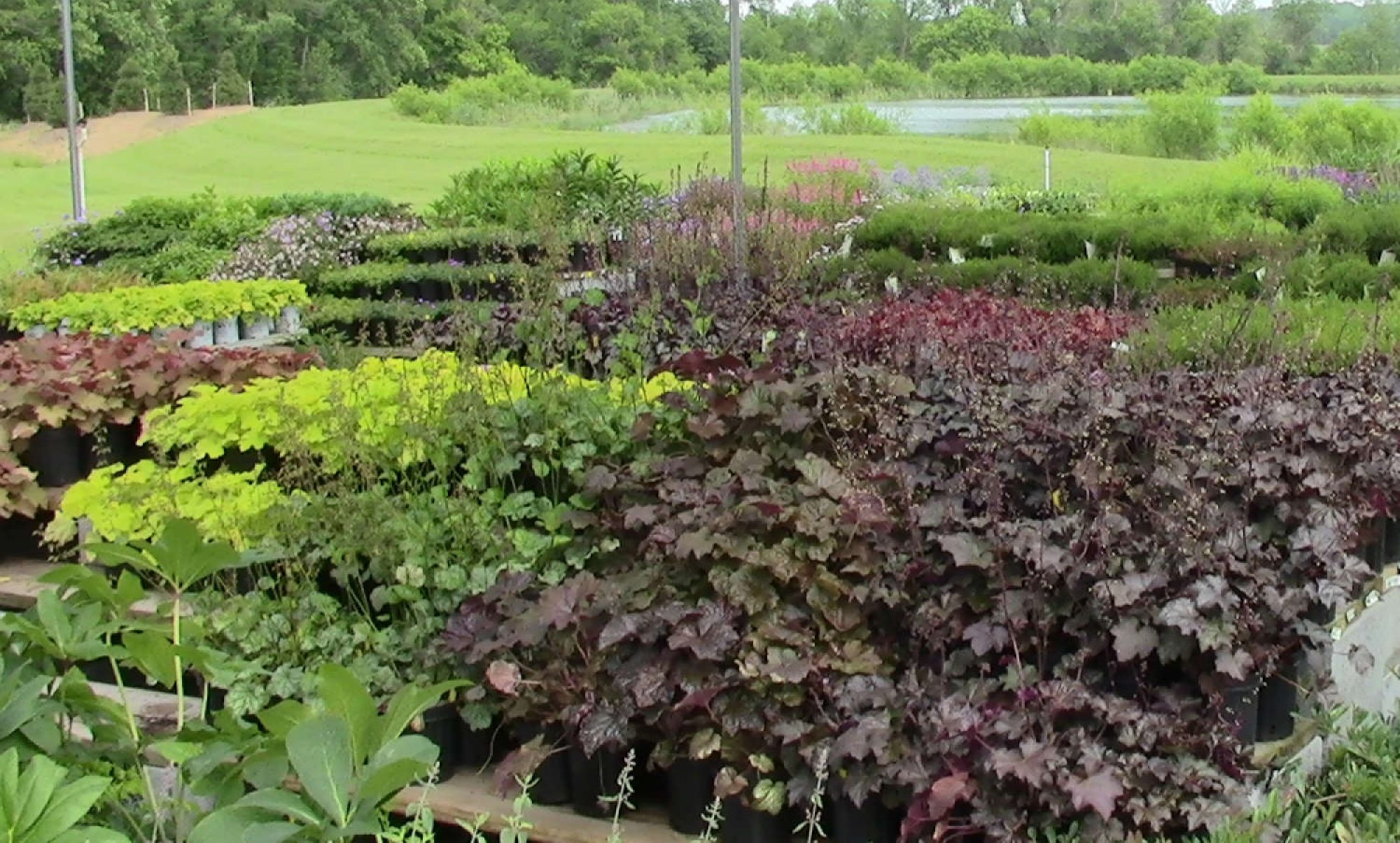

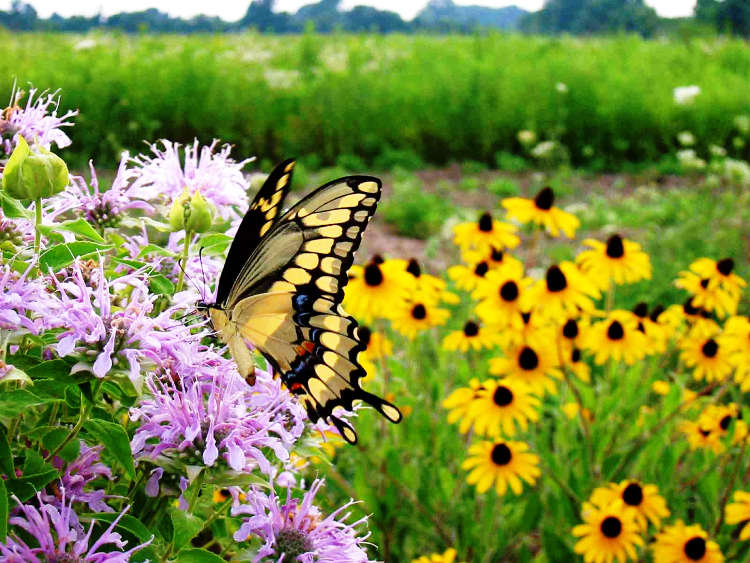
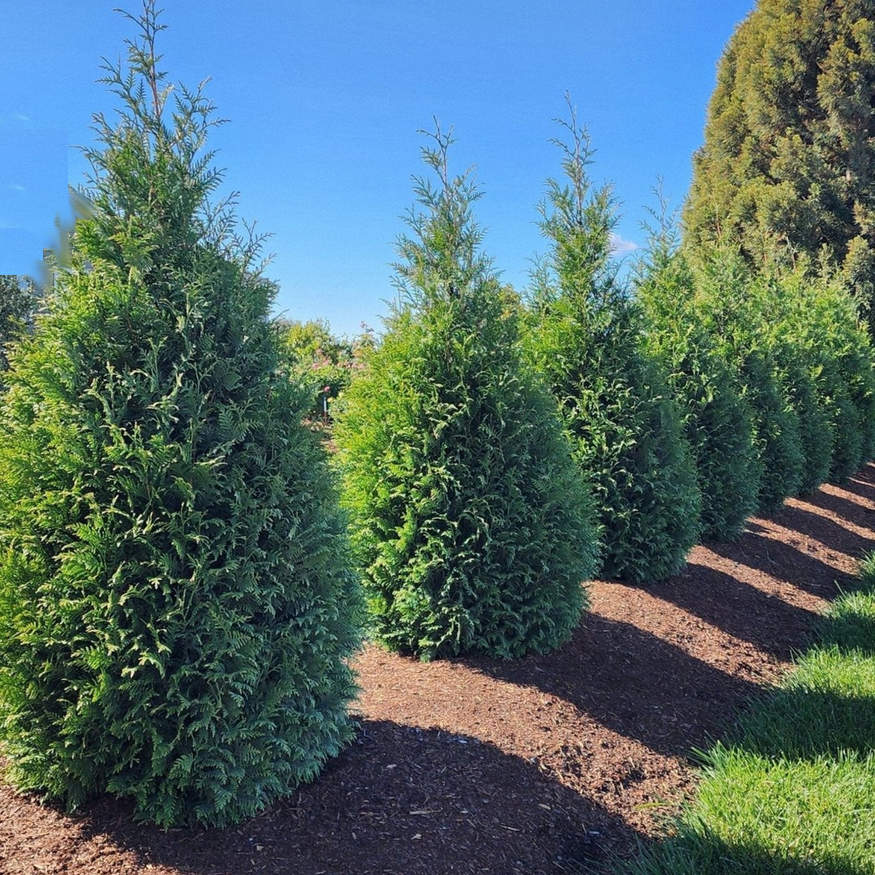
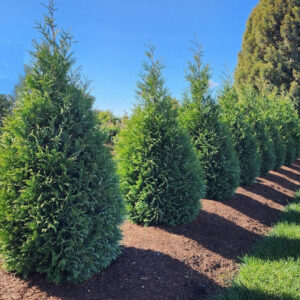 Creating a natural landscape privacy screening in your landscape is one of the best ways to add privacy, reduce noise, and define outdoor spaces. Whether you’re barring the neighbor’s view of your outdoor space, softening a property line, or enclosing a patio, plants offer a living, green solution that improves with time. The right choice depends on your space, climate, and design goals.
Creating a natural landscape privacy screening in your landscape is one of the best ways to add privacy, reduce noise, and define outdoor spaces. Whether you’re barring the neighbor’s view of your outdoor space, softening a property line, or enclosing a patio, plants offer a living, green solution that improves with time. The right choice depends on your space, climate, and design goals.

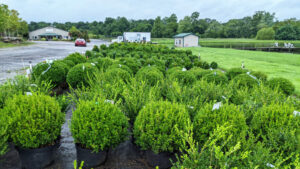
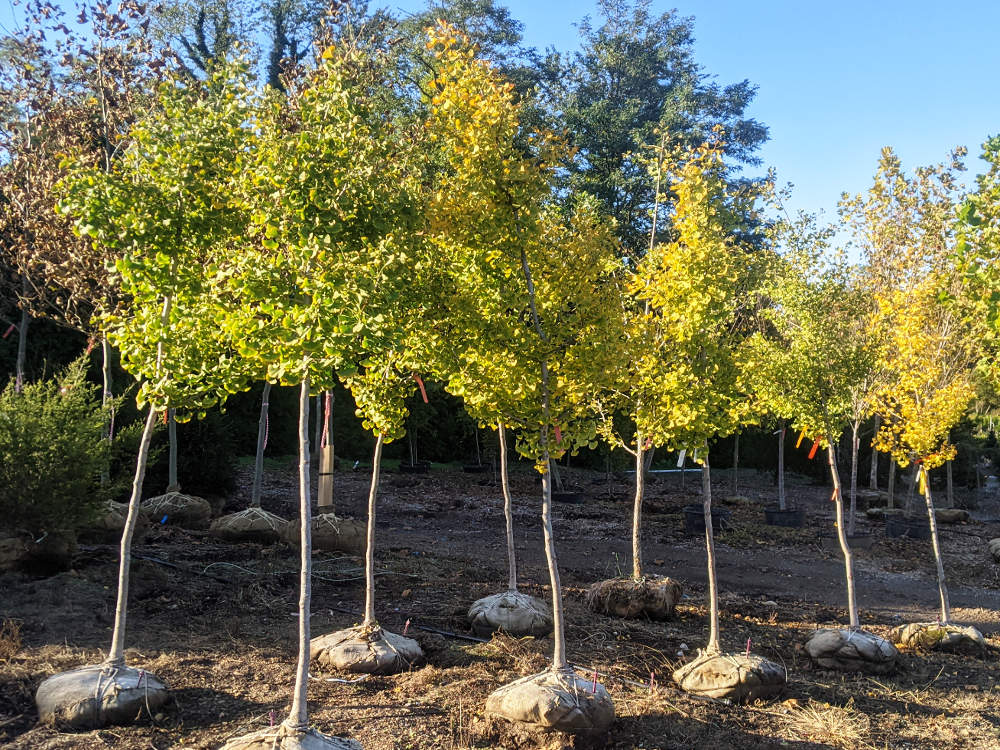
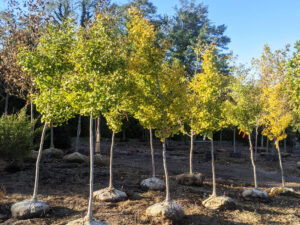 brought there by people. They are species that have adapted over time to the local climate, soil, and wildlife. These trees play an important role in supporting the natural balance of that area.
brought there by people. They are species that have adapted over time to the local climate, soil, and wildlife. These trees play an important role in supporting the natural balance of that area.